If you liked Daisy to the Rescue: True Stories of Daring Dogs, Paramedic Parrots, and Other Animal Heroes, you might also like Scared Stiff: Everything You Need to Know About 50 Famous Phobias by Sara Latta.
E veryone knows what it is to be afraid. But phobias take the normal (and even helpful!) human emotion of fear to a much more visceral, even primal, place. For some people, its a spider that does it. For others, its a clown, or a trans-Atlantic flight, or even just a puddle of water. Its the thing that stops us in our tracks, sets our hearts racing, and stands our hair on end. Scared Stiff takes readers on a journey through these experiencesusing biology, psychology, and history to explain where our phobias come from, how they affect us, and how we might eventually overcome them.
INSIDE YOULL FIND:
- An explanation of the history behind each of these fifty phobias, and a discussion of notable people who have suffered from the fear
- Sidebars that highlight famous phobic moments from history and pop culture
- Updates on how successful the various phobia treatments have been
- A foreword by Dr. Elizabeth McMahon, an award-winning psychologist whose work with virtual techniques has offered new hope to people suffering from phobias
Phobias are no laughing matter, but sometimes the first step to overcoming our anxiety is understanding that were afraid of some really weird things. So whether youre looking for perspective, information, or just want to know what keeps Madonna and David Beckham up at night, this is the book for you. (Bibliophobes, however, should probably keep their distance!)
Keep reading to preview a sample of Scared Stiff: Everything You Need to Know About 50 Famous Phobias...
 35 Stillman Street, Suite 121
35 Stillman Street, Suite 121
San Francisco, CA 94107
www.zestbooks.net
Text copyright 2013 by Sara Latta
Cover and interior illustrations copyright 2013 G.E. Gallas
Foreword copyright 2013 by Elizabeth McMahon, PhD
All rights reserved. No part of this publication may be reproduced or used in any form or by any meansgraphic, electronic, or mechanical, including photocopying, recording, or information storage and retrieval systemswithout the written permission of the publisher.
Young Adult Nonction / Social Science/Psychology
Library of Congress control number: 2013918451
ISBN: 978-1-936976-49-2
Cover design: Dagmar Trojanek
Interior design: Tanya Napier
Manufactured in the U.S.A.
DOC 10 9 8 7 6 5 4 3 2 1
45XXXXXXXXX
Connect with Zest!
zestbooks.net/blog
zestbooks.net/contests
twitter.com/zestbooks
facebook.com/zestbook
facebook.com/BooksWithATwist
pinterest.com/zestbooks
ACKNOWLEDGMENTS
Many thanks to the people at Zest Books, especially Daniel Harmon, who believed I could write about phobias and waited patiently to find out whether he was right, and Jeff Campbell, who asked all the right questions and made my words shine.
Thanks to my husband Tony Liss, who stands with me at each dizzying precipice and helps me turn each fear into a challenge.
DEDICATION
To those who are afraid of things that go bump in the night, of high places and tight spaces, of things that slither and words that hurt: You are not alone.
INTRODUCTION
PHOBIAS 101

D oes the mere thought of speaking in public leave you in a cold sweat? Do you freak when you see a spider? Well, youre not the only one. Fear is an important survival mechanism that helps protect us from danger. Most people manage to control their fears and get on with their daily lives. They forge ahead with their oral presentations; they breathe deep and brush away the spider webs. But for some people, these fears are not so easily dismissed. For some people, these fears are overwhelming, paralyzing, and apparently indomitable.
Personally, my biggest fear is heights (probably because Im kind of a klutz: I once injured myself by literally falling off a log). But I was able to put my fear aside for long enough to climb up (and then down, which is far scarier) several very high and steep pyramids in Mexico, because the view was great and I wanted bragging rights. As a result, its pretty clear that although I may have a fear of high places, Im certainly not phobic when it comes to heights. For some, however, the very idea of possibly encountering a spider, going to school, or using a public restroom can be so terrifying that they cant go about their everyday lives.
Normal, garden-variety fear becomes a phobia only when it is persistent, excessive, and unreasonable. People with phobias will do just about anything to avoid the places, situations, or things that frighten themeven when they know theres no real threat of danger. When those irrational fears cause problems, they become phobias. If you fear zombies, you may want to avoid reading or watching World War Z, but your fear doesnt become a phobia unless it interferes with your ability to function as an extra in a zombie movie (or a similarly secure environment).
Psychiatrists put phobias into three categories. A specific phobia is the extreme fear of an object, situation, or experience. Some examples of specific phobias are fear of flying, fear of dogs, or fear of being in closed-in spaces. People with social phobias are very anxious about being embarrassed, mocked, or criticized by others. People with this disorder, also called social anxiety disorder, often feel extremely anxious in all social situations. They may avoid going to parties, speaking in public, or meeting new people. (And although it is similar to shyness in many respects, the intensity of this feeling is quite different.) In some cases, social phobias may be triggered by an actual social situation, but that is not always the case. Agoraphobia may be the most crippling phobia type of all. Agoraphobics fear having a panic attack in a place or situation from which escape would be difficult or embarrassing. Its not the situation that frightens them so much as it is the fear of the panic attack itself. People with this disorder may come to feel they cannot leave their homes.
ITS ALL GREEK TO ME
The word phobia comes from the Greek word phbos, meaning fear or terror. Phobos was the name of a god who had the job of scaring the crap out of the enemies of the Greeks. He certainly sounds scary; those who worshipped Phobos often made bloody sacrifices in his name, and warriors carried shields with his image, staring backwards with eyes that glowed with fire. His mouth was full of teeth in a white row, fearful and daunting. Intense!
Hippocrates (460377 BC) was among the first to describe someone with phobias: He would not go near a precipice, or over a bridge or beside even the shallowest ditch, and yet he could walk in the ditch itself... When he used to begin drinking, the girl flute-player would frighten him; as soon as he heard the first note of the flute at a banquet, he would be beset by terror.
Many phobias are deeply rooted in superstitions so common they hold sway over entire cultures and communities. Triskaidekaphobia, the fear of the number 13, for example, is rooted in an ancient belief that the number is unlucky. Superstition-based phobias often become social normsso much so that people take them for granted. Some older buildings lack a thirteenth floor, for example, because many cultures associate the number with bad luck. Historically, people thought some of the more quirky phobias were caused by the usual scapegoats: witches, demons, or evil spirits. Today, were starting to get a pretty good idea of why some people develop phobias. But while they can feel like a curse, they have more to do with brain chemistry than with malevolent beings.

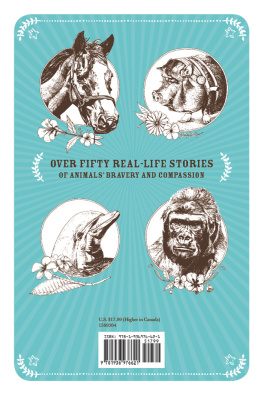
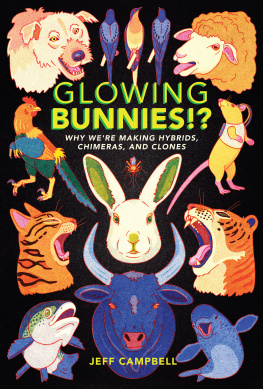




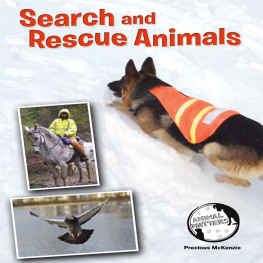

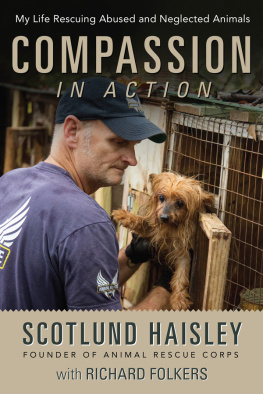



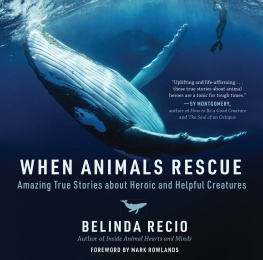
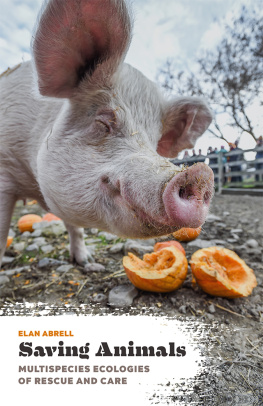



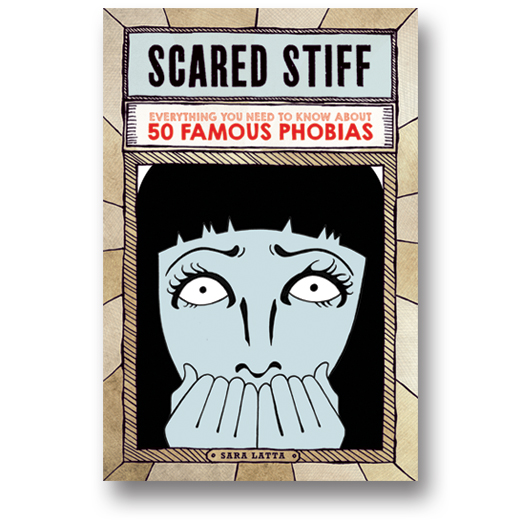

 35 Stillman Street, Suite 121
35 Stillman Street, Suite 121